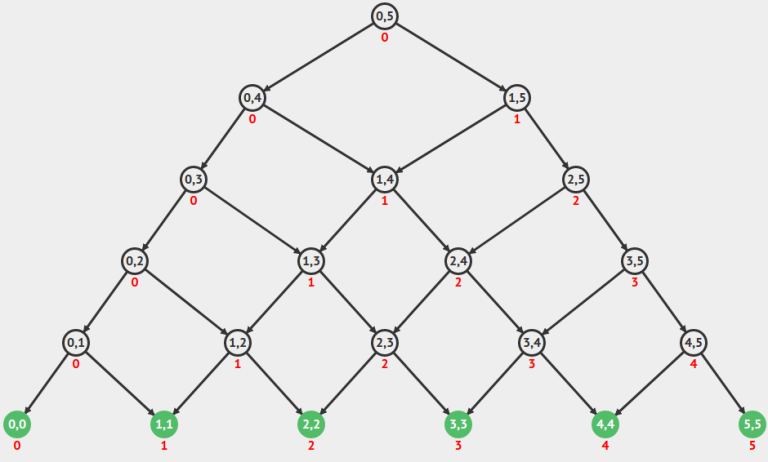I have a really succinct implementation for a persistent map with $$$O(log N)$$$ querying and (hopefully) $$$O(log N)$$$ amortized average-case insertion. Is this correct, or is the insertion actually $$$O(log^2 N)$$$?
I know there's the pathological case where if you keep doing insertion for the version of the LinkedList where the sum of dict sizes is a power of two, then you might end up repeatedly copying the whole dictionary. Let's say that's not the average case. Besides, I think modifying len(parent.curr_dict) <= len(curr_dict) to be randomized e.g. len(parent.curr_dict) <= len(curr_dict) and random.random() < 0.5 would probably solve that.
FWIW I've heard there's an O(1) lookup/insert persistent map paper, but this approach seems deceptively simple?
Also, for anyone unfamiliar -- Python dictionaries are hashmaps, so insertion/querying is amortized $$$O(1)$$$,
class LinkedList:
parent: LinkedList | None
curr_dict: dict[str, int]
def update(parent: LinkedList, key: str, value: int) -> LinkedList:
curr_dict = {key: value}
while parent is not None and len(parent.curr_dict) <= len(curr_dict):
curr_dict |= parent.curr_dict
parent = parent.parent
return LinkedList(parent=parent, curr_dict=curr_dict)
def query(node: LinkedList, key: str) -> int | None:
while node is not None:
if value := curr_dict.get(key)
return value
node = node.parent
return None











